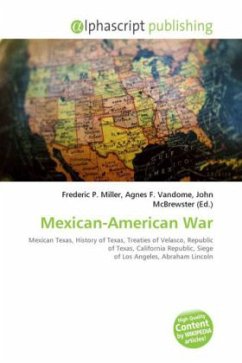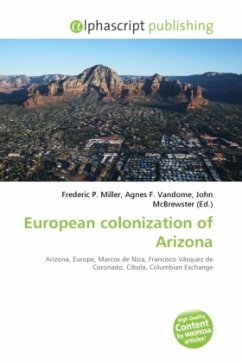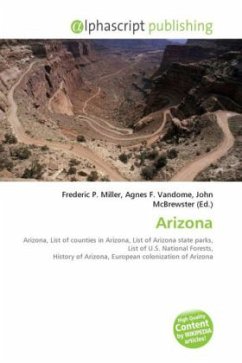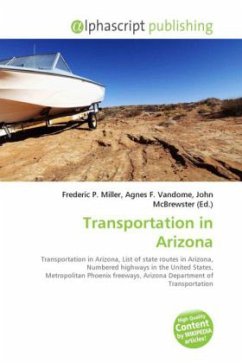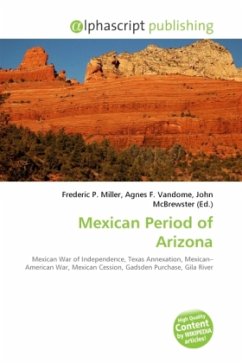
Mexican Period of Arizona
Versandkostenfrei!
Versandfertig in 6-10 Tagen
19,99 €
inkl. MwSt.

PAYBACK Punkte
10 °P sammeln!
In 1821, Mexico won its independence from Spain after a decade of war. The revolution had destroyed the colonial silver mining industry and had bankrupted the national treasury. Along the northern frontier, funds that had supported missions, presidios and trading routes were reduced. As missions began to wither without military protection, Mexico began auctioning off more land (land grants). The revolution also impacted the relationship between the Europeans, Pueblos and non-pueblo natives such as the Apache and Navajo. The Mexican period came to a close with the influx of Americans. In 1846, ...
In 1821, Mexico won its independence from Spain after a decade of war. The revolution had destroyed the colonial silver mining industry and had bankrupted the national treasury. Along the northern frontier, funds that had supported missions, presidios and trading routes were reduced. As missions began to wither without military protection, Mexico began auctioning off more land (land grants). The revolution also impacted the relationship between the Europeans, Pueblos and non-pueblo natives such as the Apache and Navajo. The Mexican period came to a close with the influx of Americans. In 1846, the annexation of Texas led to the Mexican-American War, ultimately resulting in the Mexican Cession, in which the United States acquired the region of Arizona north of the Gila River in 1848. The California gold rush brought more Americans through Arizona. The Mexican period closed with the Gadsden Purchase in 1854 and the last of the Mexican army leaving Tucson in 1856.



